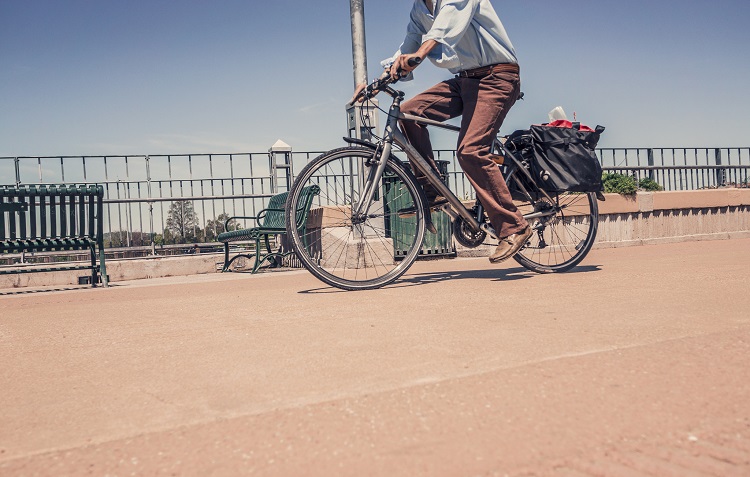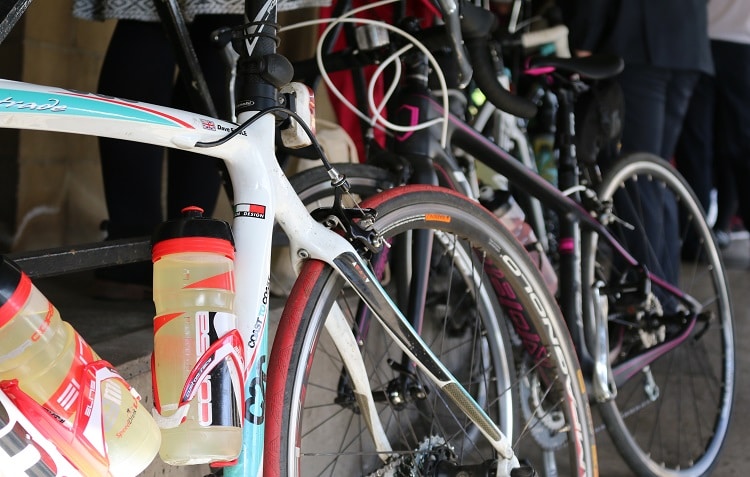How to stay safe on your cycling commute: A lawyer’s view

1. Plan your route
A week or so before I intended to start commuting to work on my bike between Bristol and Bath, I went out at the weekend and took some time to familiarise myself with the route.
I would recommend this to everyone so that you are not putting yourself under time pressure on your first day commuting. Try to avoid rushing to get to work on time. If you’re rushing, lost or running late then you are unlikely to be enjoying the ride and concentrating on the traffic, scenery etc.
2. Invest in some decent kit
You don’t need to have all the latest clothing and equipment, but you should speak to your local bike shop or an experienced cyclist to understand what you will need to make your trip comfortable. Try to be prepared to deal with changes in weather, temperature, punctures and lighting conditions.
I recently represented a cyclist who was not displaying illuminated bicycling lights shortly after 5pm in November. It was very frustrating to see his award for personal injury damages reduced for his failure to display bicycle lights. When it comes to your safety, it’s definitely better to be over prepared.
3. Be confident
One of the worst things you can do on a bike is to ride as if you are an inconvenience to other road users and sometime you may prefer to cycle as a group. Obviously, be considerate and follow the laws of the road but remember that your presence is much more likely to be respected, and you are more likely to be seen, if you ride confidently.
Simple examples include; feeling pressured to ride in the gutter only to find that you have to dangerously swerve into the road to avoid drains or debris. Also ride centrally in lanes leading up to junctions and roundabouts so that you are more visible to other road users.
Too often I represent cyclists injured in accidents that could have been avoided if road users (often motorists) were more aware of them. The fault for these accidents often rested with the motorists, but it is important to understand how these accidents happen so cyclists can also help to keep themselves safe. Examples include; cyclists who have been knocked off by motorists opening car doors, or by motorists trying to overtake them too closely when there wasn’t room to do so.
 4. Stay fuelled up
4. Stay fuelled up
It’s only happened to me once but while I was commuting I experienced the dreaded “bonk”. It was a few years ago but I still remember it vividly. For some reason I wasn’t carrying any food and I probably hadn’t enough to drink during the day. When I got halfway home (towards the end of a long week of commuting) my body started to shut down and I had a very uncomfortable last 7 or 8 miles to get home.
Especially in the summer, carry an emergency snack bar with you and make sure you have a water bottle with a hydration tablet or something similar. After all, cycling can take lots of energy which is why it’s so good for people looking to get fit and healthy.
5. Record your journey
Over time you might be curious to explore new routes and to monitor your progress in terms of your weekly mileage, health and your patterns for when you are most likely to commute by bike. There are loads of free apps that can get you thinking about the kind of cycling computers you may want to eventually buy and how they can help your cycling commute.
Photo credit: Ryan McGuire of gratisography.com